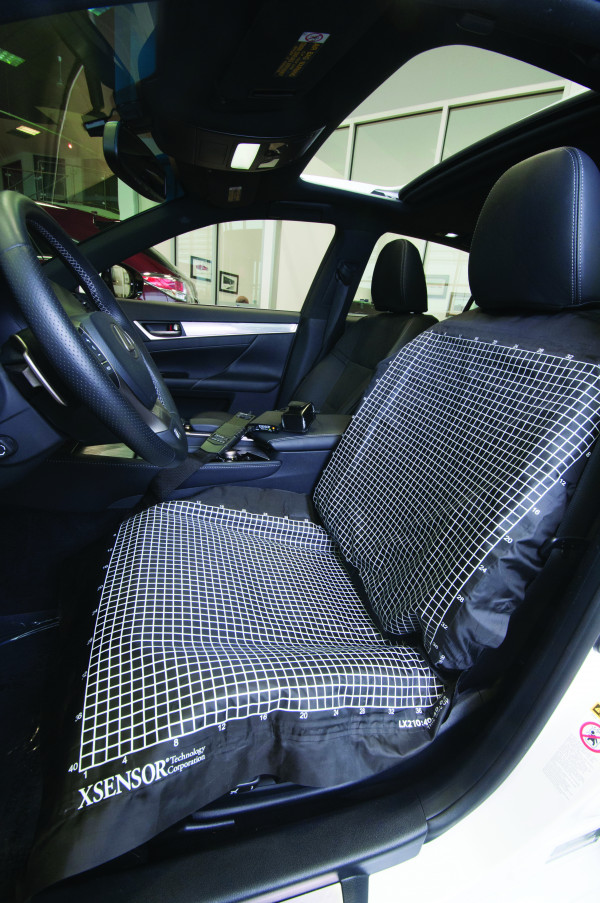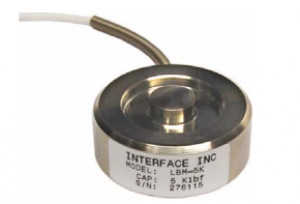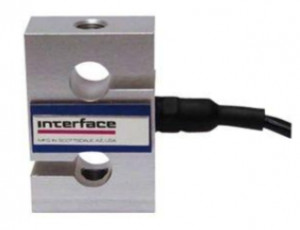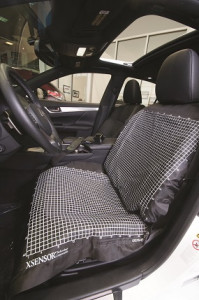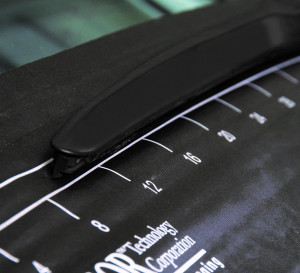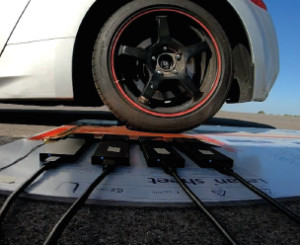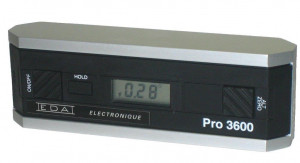Pressure Mapping: Overview and Applications
XSENSOR's X3 system offers an innovative concept specially developed for your ergonomic analysis applications dedicated to comfort applications in medical, consumer, automotive, aeronautical and railway environments.
Problem / Challenge
A static and dynamic comfort model was developed, taking into account, among other things, the position of the body on the seat, the chassis settings, the seat's inclination, the firmness and the type of road. The validation of this model was based on thousands of kilometres, and required the implementation of innovative and specific pressure mapping measurement systems.
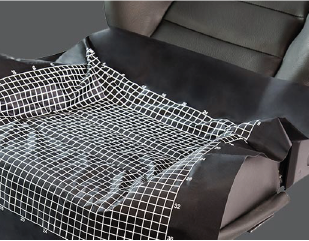
Features and benefits
** The flexibility of the tablecloths**: they are similar to a fabric, which allows them to be adapted to complex surfaces and difficult-to-reach places. The sheets are thin, very fluid, very strong and non-elastic. The sensors are completely insensitive to wrinkles, allowing for accurate measurement and no false readings. Depending on your application, their dimensions can vary from a few mm to several meters. * ** Portability and ease of use**: data can be recorded on a compact flash memory card or directly on your computer's hard drive. You can use a PDA to gain autonomy, or connect to a computer via a USB2 to visualise and process the data in 2D or 3D graphic form. * ** Calibration** : The sensors are always delivered with their calibration file. Calibration ensures good accuracy and stability over time. A recalibration will only be necessary after several hundred hours of use. * ** Accuracy and speed of acquisition**: the web is made up of semi-detached cells whose size varies from 2.5mm x 2.5mm to 25mm x 25mm, depending on the resolution required by your application. The web can contain up to 10,240 individual sensors occupying the entire measurement surface. A 16-bit electronic system guarantees a fine reproduction of the pressures through a wide range of colours.

